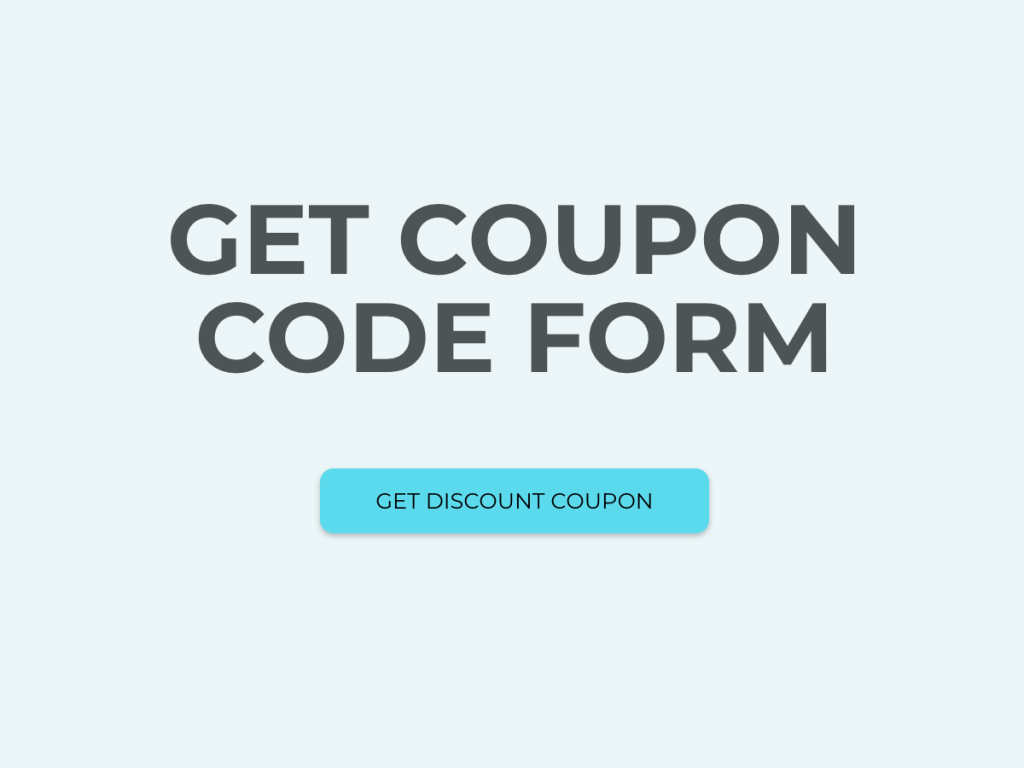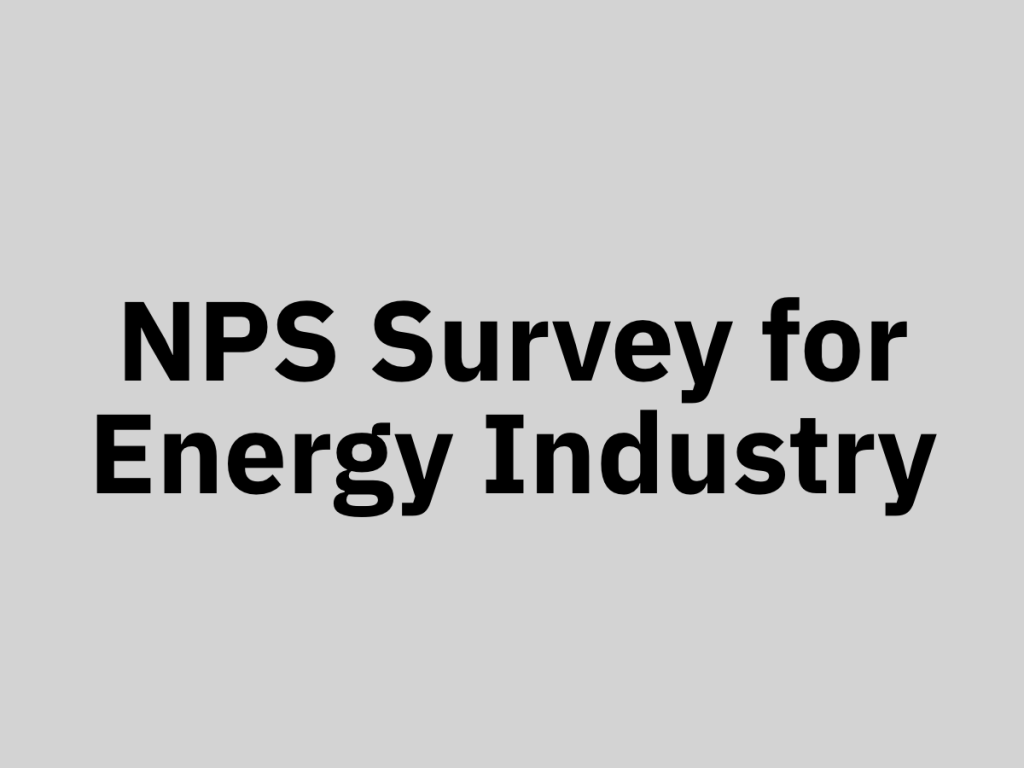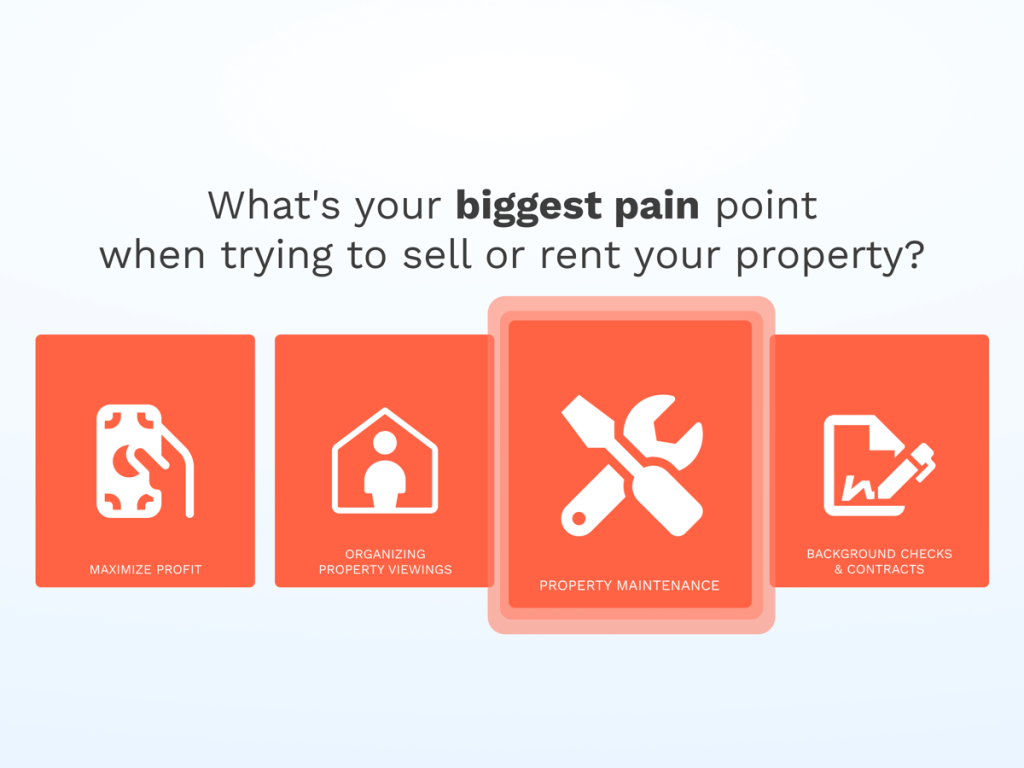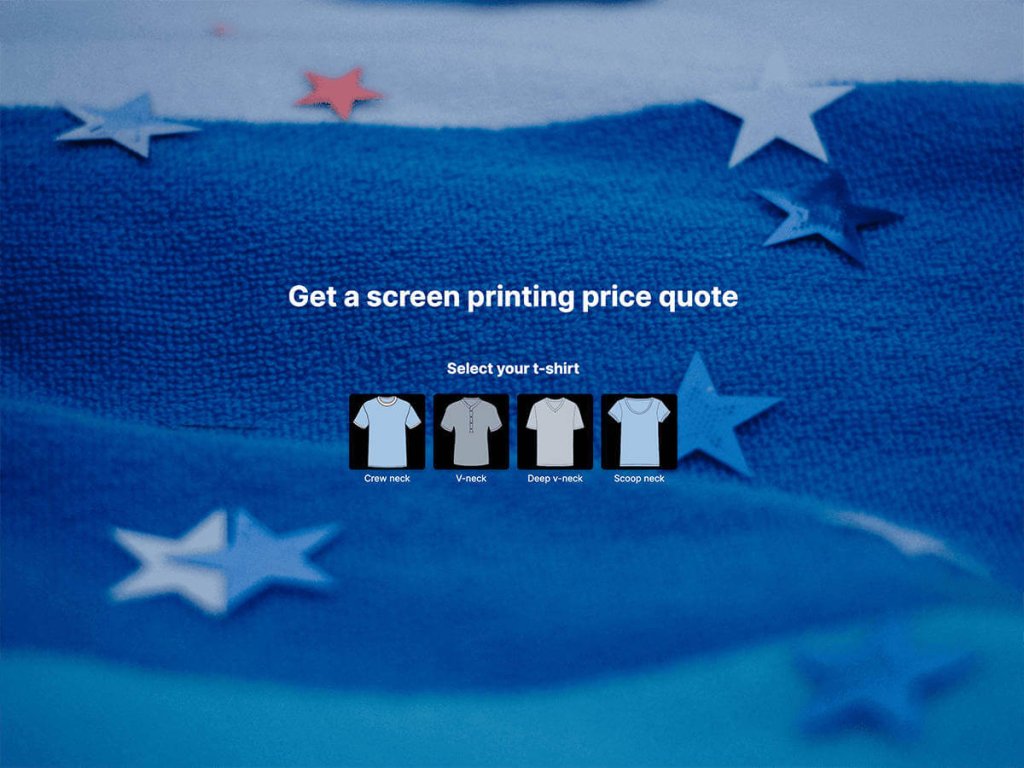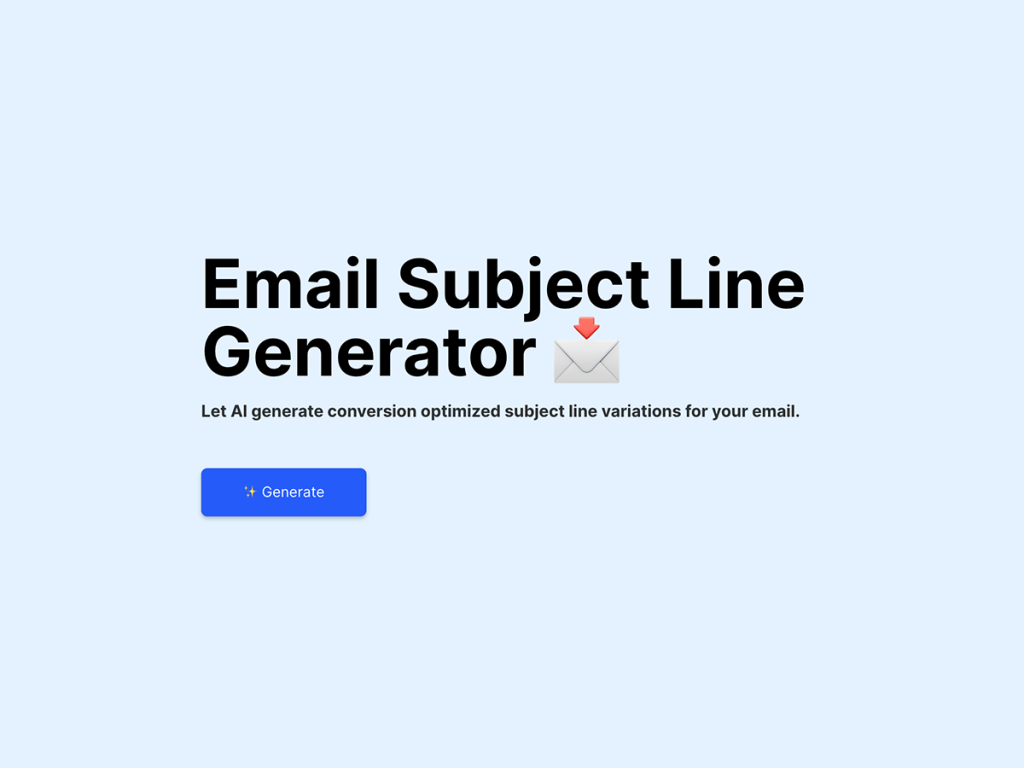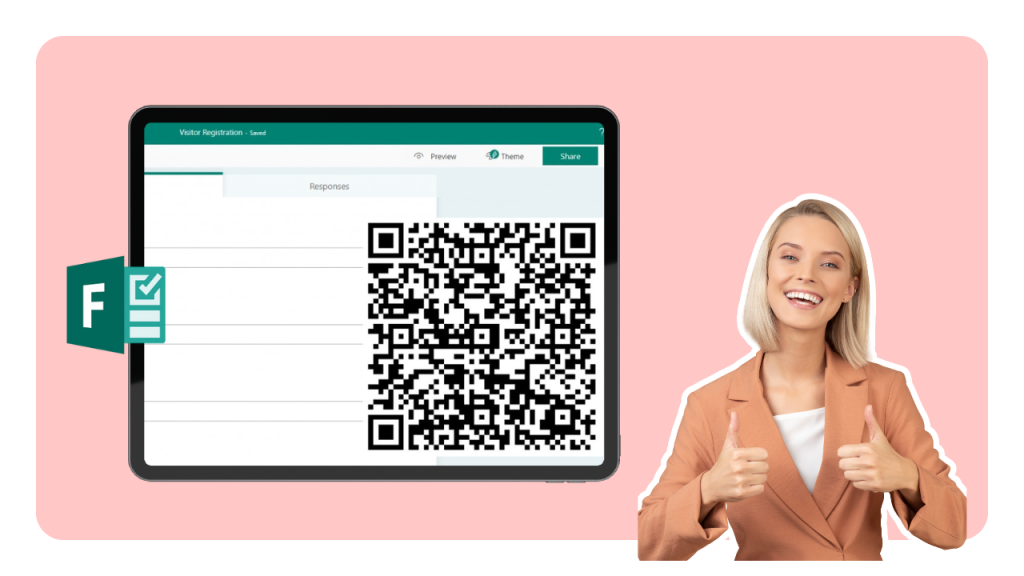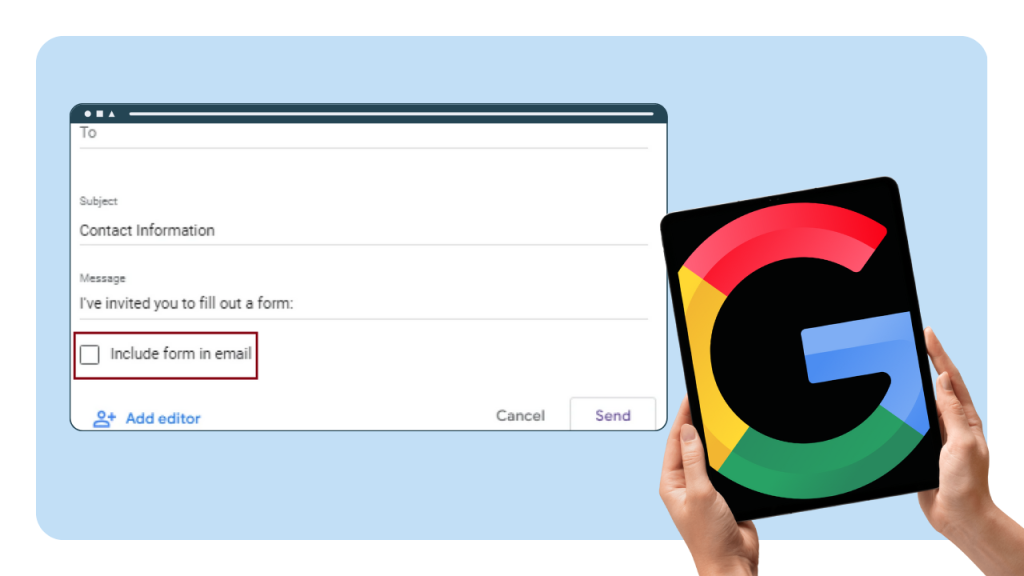Every business has a funnel. Whether you realize it or not, there's a strategy that turns someone unfamiliar with your brand into a customer. The better you understand this process, the more effectively you can attract new customers.
Same can be said about flywheels. Funnels and flywheels are just a way to help you understand and visualize customer journeys. Understanding these two approaches and their advantages will help you construct a scalable sales process that works for you.
Here's the difference between the two:
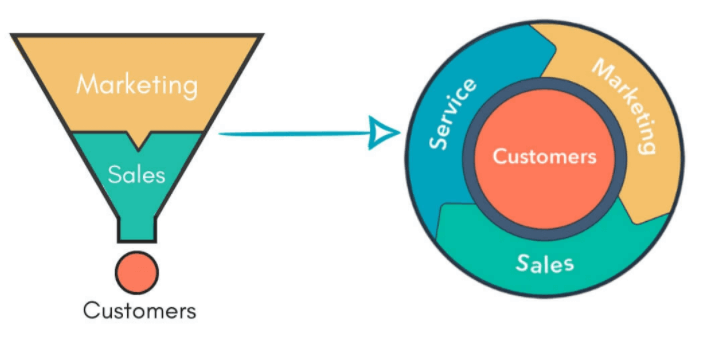
What’s a Sales Funnel?
A sales funnel is a system to help you visualize the journey each customer takes towards a purchase. Each individual journey is going to be different, of course, but there are basic steps everyone has to take in order to complete a purchase. Like visiting your website, signing up for your newsletter, putting products in their cart.
These steps are usually put into three parts of your funnel: the top, the middle and the bottom. The further down your funnel, the closer to the purchase they are.
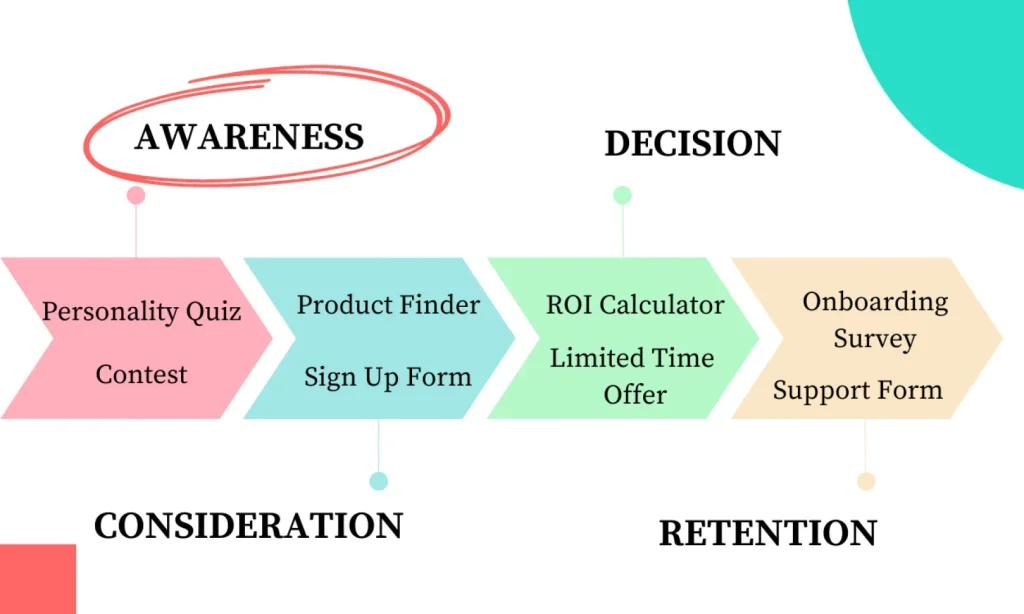
Top of the Funnel (TOFU)
People in the top of the funnel are new to your business. They might have heard about you, engaged with some of your social media posts or visited your website.
These are people who have identified a problem and are looking for solutions. And those solutions can be provided by you.
The type of conversions your should optimize the top of your funnel are:
Registrations
Newsletter subscriptions
Call booking
PDF or ebook downloads
Middle of the Funnel (MOFU)
The middle of your funnel is full of leads that are either subscribed to your newsletter or have signed up on your website.
You have their basic contact information, in order to get them to the bottom of your funnel, you need to learn more about them.
The type of conversions you should aim for in the middle of your funnel include:
Engagement: email opens, ad clicks, content viewed
Activation: creating a responsive relationship between you and your leads
Segmentation: putting leads in separate buckets based on their behavior
Bottom of the Funnel (BOFU)
This is the smallest and most valuable pool of your prospects. Most leads won’t make it here, and that’s ok. It’s not about forcing everyone further into your funnel, but rather about meeting people where they are.
BOFU leads need a little extra push to make a purchase. Common incentives include:
A time restricted special offer
A small discount
Reassurance in form of a call with your team or positive reviews
What’s a Flywheel?
A defining feature of a flywheel is that it keeps spinning. While customers will pour in and out of your funnel, a flywheel will keep them circling around.
The flywheel is a new approach to sales that’s undeniably effective, because it puts the customer in the center of everything.
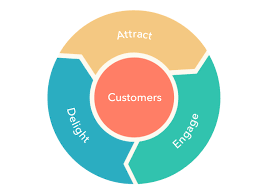
In a traditional sales funnel, your marketing team does their job, then your sales team does their job and the journey ends. The customer pays and they’re gone. They fall out of your funnel. And that’s not an accident, that’s by design.
The constant downward push with purchase being the end goal is the biggest design flaw of the funnel. Your marketing team spent so much money to get the customer to sales and sales has spent hours working on the customer. All those resources go to waste if that’s your end goal.
A flywheel is FUN = focused on user needs. It provides relevant actions and content for different steps of the journey, much like a funnel does. The stages are different however. Instead of funnel “attract, engage, convert”, a flywheel goes “attract, engage, delight”.
Delighting customers is the key difference and biggest benefit of the flywheel approach. While funnels focus on getting conversions, flywheels focus on delighting customers.
The cool thing about happy customers is that they multiply. Happy shoppers will leave raving reviews that will convince more people to buy from you. It’s a win-win-win. A win for you, a win for the customer and a win for new customers that find you via the reviews.
The funnel simply no longer meets the needs of the present-day customer. People are more likely to ask friends for recommendations, check online reviews or look on social media. The flywheel accommodates this changing behavior.


